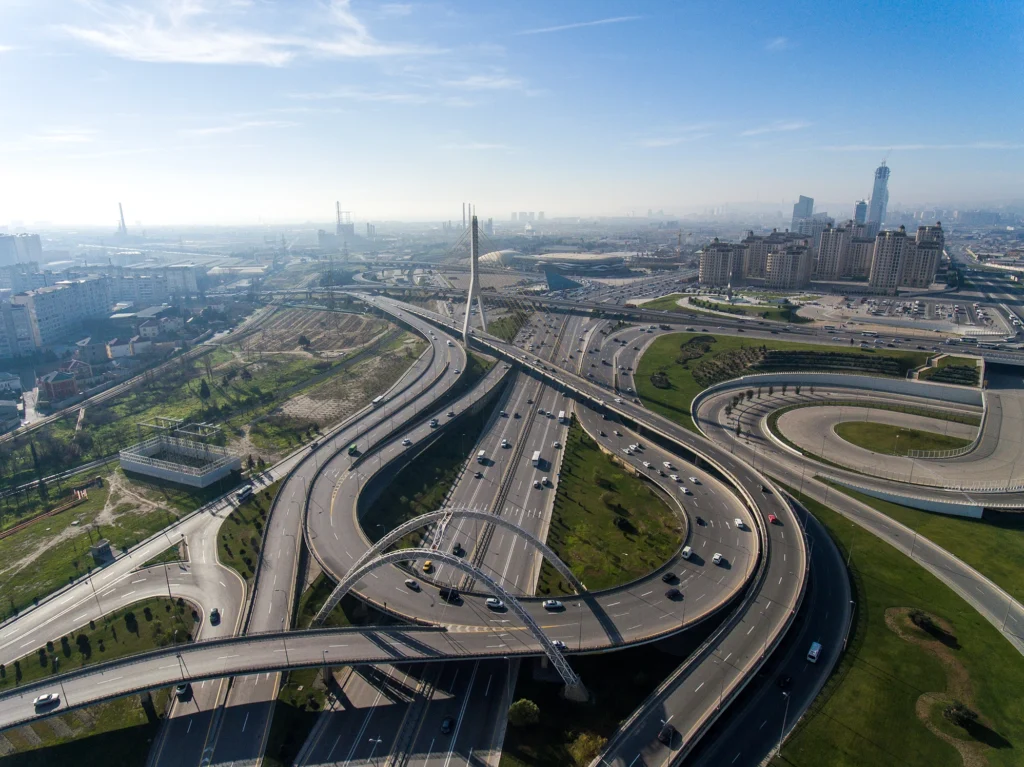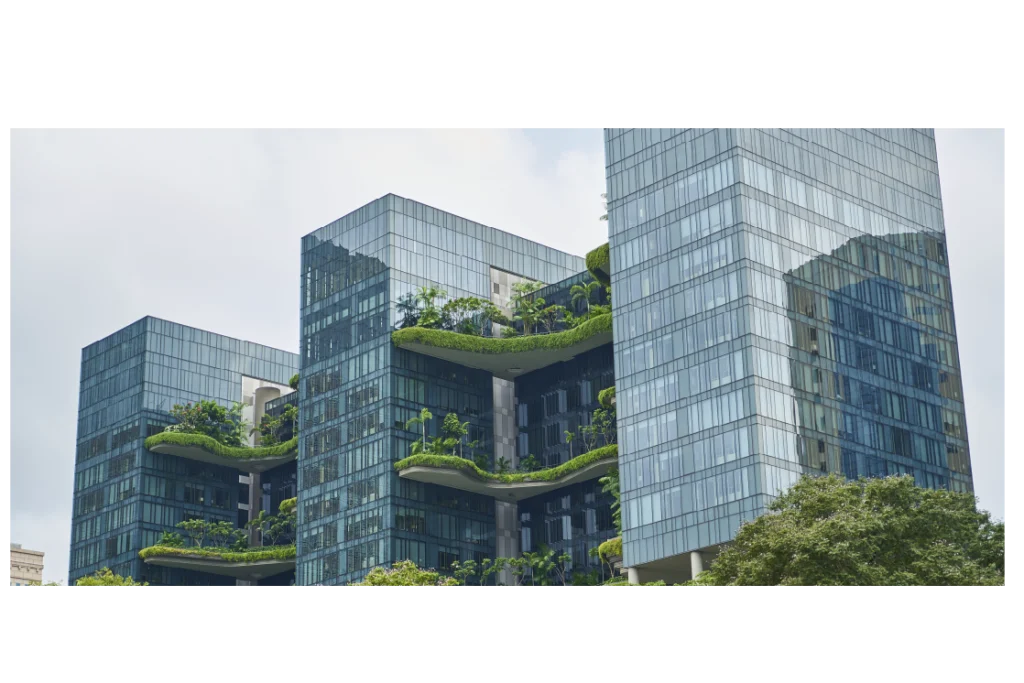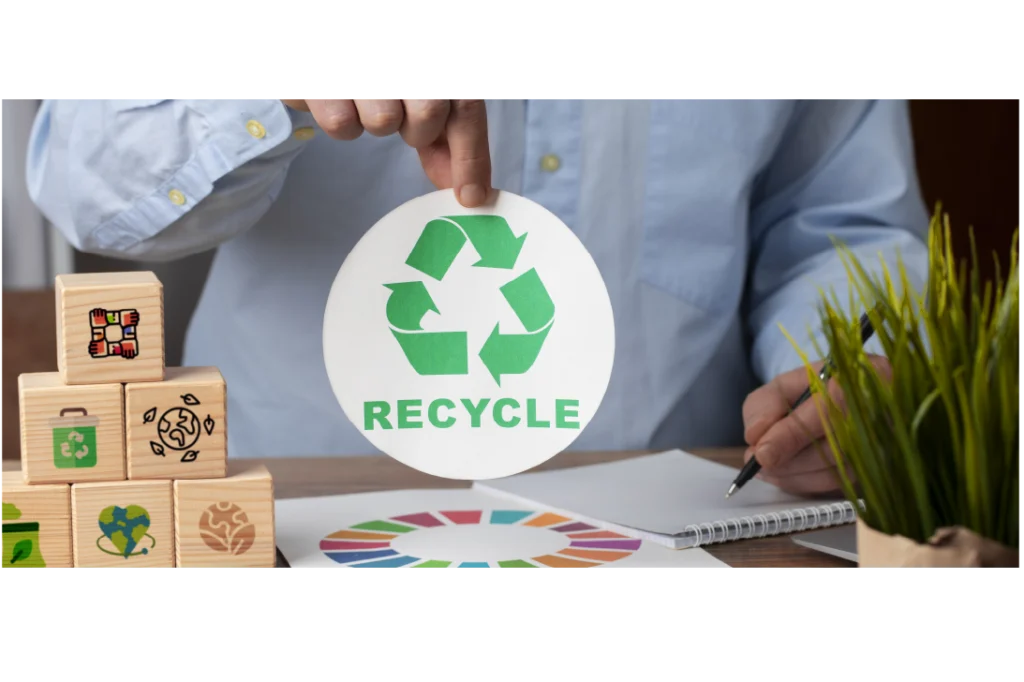In today’s rapidly evolving world, infrastructure development plays a crucial role in developing economies. However, the traditional approach to infrastructure often overlooks its environmental impact. As leaders in the infrastructure consultancy space, it’s our responsibility to adopt an “Earth-First” mindset – one that prioritizes sustainability and resilience in all our projects. In this blog post, we’ll explore the importance of cultivating this mindset and provide practical steps for infrastructure leaders to embrace sustainable practices.

The ”Earth-First” Mindset
Having an “Earth-First” mindset means prioritizing environmental sustainability and resilience in all aspects of planning, designing, constructing, and managing infrastructure projects. It involves recognizing the interconnectedness between human activities and the health of the planet, and striving to minimize negative impacts while maximizing positive outcomes for ecosystems and communities. Overall, adopting an Earth-First approach in infrastructure development not only safeguards the environment but also delivers tangible economic, social, and health benefits that contribute to the long-term sustainability and prosperity of communities and societies.
Embracing Sustainable Practices
Here are some innovative technologies and design principles that promote sustainability in infrastructure:

1. Green Building Materials:
- Recycled Materials: Incorporating recycled materials, such as recycled concrete, steel, and glass, reduces resource consumption and waste generation during construction.
- Bamboo and Timber: Sustainable and renewable materials like bamboo and certified timber offer low-carbon alternatives to traditional construction materials.
- High-Performance Insulation: Utilizing advanced insulation materials, such as aerogels and vacuum insulation panels, improves building energy efficiency and reduces heating and cooling loads.

2. Energy-Efficient Systems:
- Passive Design Strategies: Passive design techniques, including orientation, shading, natural ventilation, and daylighting, optimize building performance and reduce reliance on mechanical heating and cooling systems.
- Energy-Efficient HVAC Systems: High-efficiency heating, ventilation, and air conditioning (HVAC) systems, such as heat pumps, variable refrigerant flow (VRF) systems, and radiant heating and cooling, minimize energy consumption and operating costs.
- Smart Building Technologies: Integration of smart sensors, building automation systems, and energy management software enables real-time monitoring and control of energy usage, optimizing building operations and occupant comfort.

3. Renewable Energy Integration:
- Solar Photovoltaics (PV): Installing rooftop solar panels or solar farms generates clean, renewable energy onsite, reducing reliance on fossil fuels and lowering greenhouse gas emissions.
- Wind Turbines: Onsite or offsite wind turbines harness wind energy to generate electricity, providing a sustainable alternative to grid-supplied power.
- Geothermal Systems: Ground-source heat pumps utilize the earth’s constant temperature to provide efficient heating and cooling, offering a renewable energy solution with minimal environmental impact.

4. Green Infrastructure:
- Green Roofs and Walls: Vegetated roofs and walls improve building insulation, reduce stormwater runoff, and mitigate urban heat island effects, enhancing biodiversity and air quality.
- Permeable Pavements: Porous pavements allow rainwater to infiltrate the ground, reducing flooding, replenishing groundwater, and filtering pollutants before reaching water bodies.
- Rainwater Harvesting: Collection and storage of rainwater for irrigation, toilet flushing, and non-potable uses conserve freshwater resources and reduce demand on municipal water supplies.

5. Circular Economy Practices:
- Construction Waste Recycling: Implementing waste management strategies, such as onsite sorting and recycling of construction and demolition debris, minimizes landfill waste and promotes resource recovery.
- Prefab and Modular Construction: Offsite prefabrication and modular construction techniques optimize material usage, reduce construction waste, and expedite project delivery while maintaining quality and consistency.
By incorporating these innovative technologies and design principles into infrastructure projects, stakeholders can achieve significant environmental benefits, improve resource efficiency, and create healthier, more sustainable built environments.
Conclusion
As infrastructure leaders, we have the power to shape the future of our planet. By embracing an “Earth-First” mindset and prioritizing sustainability in all our endeavors, we can create a world where infrastructure development and environmental stewardship go hand in hand. Together, let’s build a brighter, more sustainable future for generations to come.
